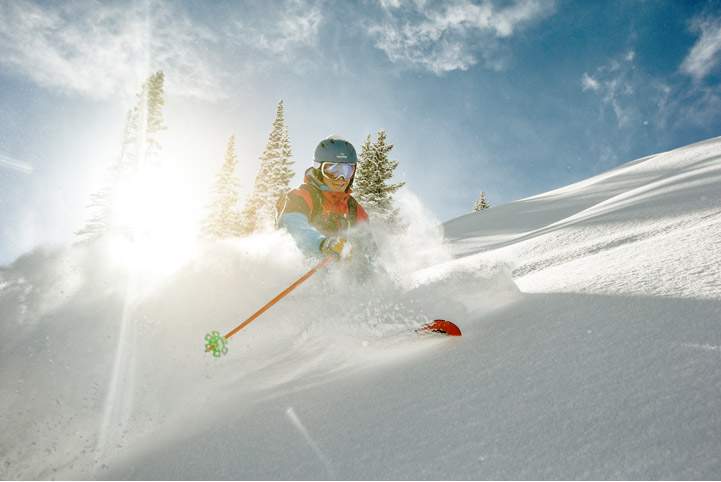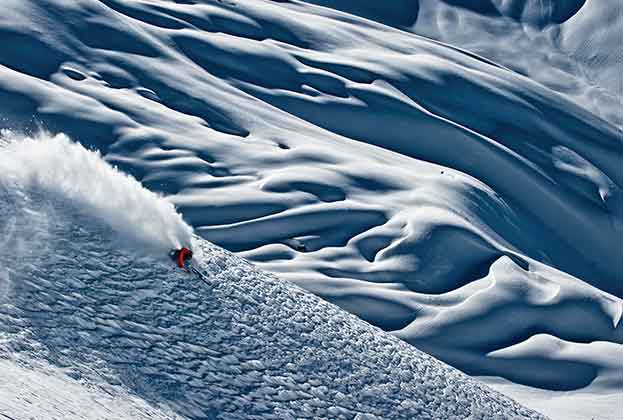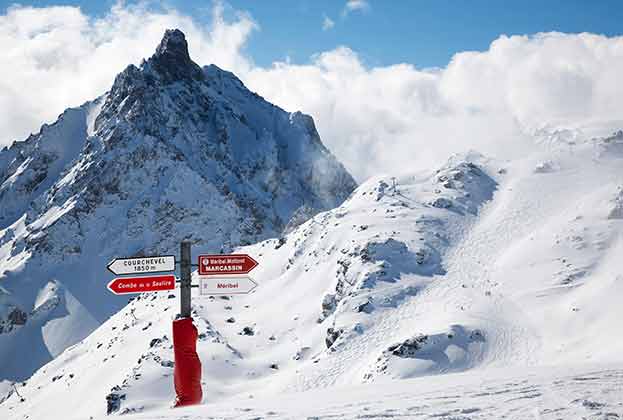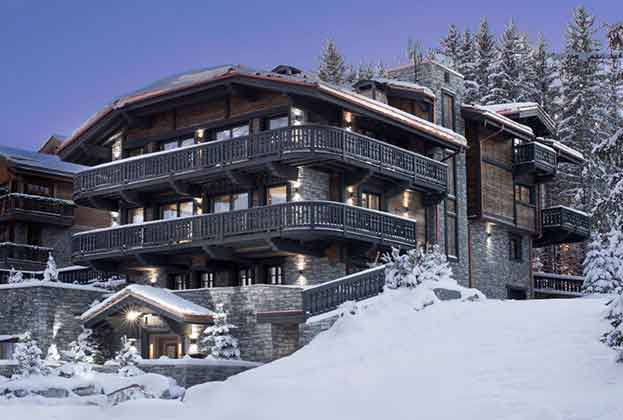The ski market has been shaken by Covid-19, but the outlook is optimistic with skier numbers on the rise and resorts investing in infrastructure
1. Making the most of mountain life
Although the pandemic is restricting travel, slowing visitor numbers and transactions, it is also causing lifestyle changes that could benefit ski resorts once it has passed.
One trend is an appreciation for nature. Ski resorts offer this in abundance, with open spaces and clean air. The appeal of mountain living or holidaying, in summer and winter, is likely to continue after the pandemic and attract a new customer base.
The appeal of mountain living or holidaying is likely to continue
Savills World Research
The pandemic has also accelerated working from home and this is expected to continue even when there is a vaccine. Working from home, provided there is good broadband, can be done anywhere, including a ski resort. People may choose to take fewer but longer visits to make the most of this, which would be a reversal of the trend for weekend trips.
Despite the largest global economic downturn forecast since World War II, property prices in the most expensive prime resorts have increased, demonstrating the continued demand.

2. Positive signs in national alpine markets
While the property markets in ski resorts have their own drivers, it’s important to consider the economy and property prices at a national level.
Analysis of the economic situation in Austria, France, Italy and Switzerland shows Austria is forecast to see the least severe economic downturn following Covid-19. According to Oxford Economics, Austrian GDP is expected to fall -4.1% in 2020 compared to -8.6% in France. However, over the next five years, France is forecast to see the strongest growth (27.1%), followed by Austria (24.6%). Figures for Switzerland are -6.4% and 18.3% respectively, while for Italy they are -8.4% and 19.3% respectively.
Housing markets during the pandemic have been remarkably robust and many countries have seen prices rise as government incentives and low interest rates continue to make residential property look attractive. There are some short-term threats, given concerns that the full economic impact of the pandemic has yet to be felt. However, the long-term fundamentals look stable.

3. Skier numbers on the rise
The number of ski visitors around the world increased during the 2018/19 season for the third successive year (according to Laurent Vanat). Globally, numbers exceeded 350 million for the first time in more than a decade. The most significant increase was China (14.1%) but there were also rises in Russia (10.0%), the Czech Republic (6.6%) and Sweden (5.0%). The Alps, the largest ski area by far, saw an average increase of 0.6%.
The number of ski visitors around the world increased during the 2018/19 season for the third successive year
Savills Research
The 2019/20 season halted in mid- March, while 2020/21 visitor numbers will depend on resort closures and travel restrictions. However, historic figures show that demand for skiing is increasing.

4. More investment in infrastructure
Despite the pandemic, 117 lifts are due to open in the 2020/2021 season. Almost one-third are in the Alps, increasing the region’s total by 0.9%. Elsewhere, there are new openings in the Rockies (14 lifts), Pacific Coast Ranges (8), Appalachians (10), Scandinavian Mountains (5) and Pyrenees (4).
Read the other articles within The Ski Report below
.jpg)




